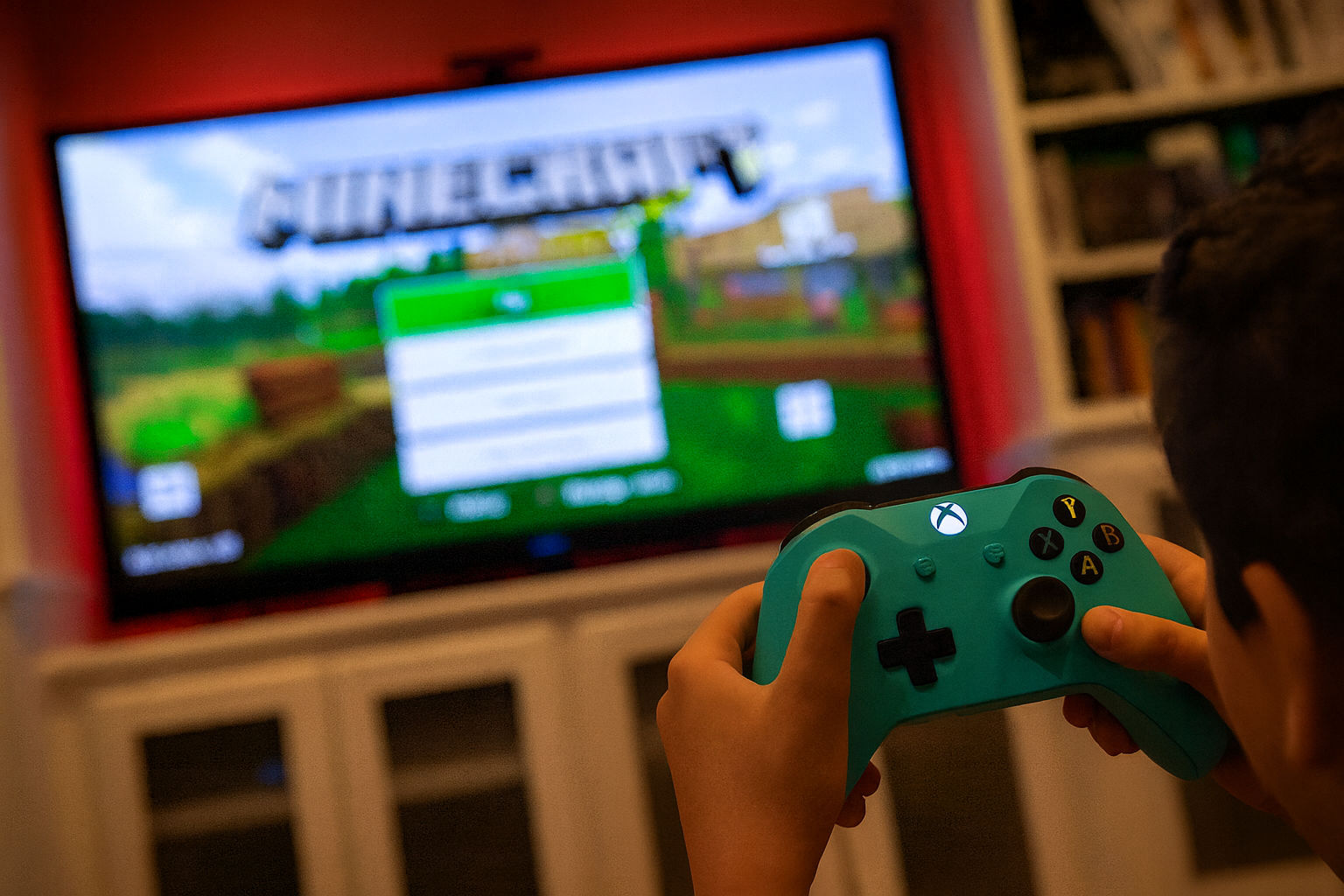What is Super Mario?
Super Mario is a beloved video game franchise. Since its debut in 1985, it has become one of the most recognizable and enduring gaming series. Probably, this game doesn’t need much introduction to most people. But even if the game has been around since today's parents were children, it has changed a lot, offering a much different experience now than in the 1980s.
Super Mario is set in the Mushroom Kingdom, a fantastical world filled with colorful environments, whimsical characters, and imaginative level designs. The art style is bright and cartoony, making it visually appealing for children and accessible to players of all ages.
The series is known for its engaging platforming gameplay, charming characters, and creative level design. The sense of adventure, combined with the satisfaction of overcoming challenges and discovering secrets, is what makes it appealing to players of all ages. The games also feature a mix of fun and challenge, catering to both beginners and experienced gamers.

How to Play
In the game, players control Mario or another main character from the game and embark on adventures to rescue Princess Peach from the villain Bowser. The gameplay primarily involves navigating through various levels, overcoming obstacles, and defeating enemies. Enemies are usually little mushrooms, flowers, or turtles.
Players use simple controls to make Mario run, jump, and perform various actions. Each level is designed with platforms, enemies, and power-ups, requiring players to use skills like timing and coordination.
Throughout the game, Mario can collect power-ups such as the Super Mushroom (which makes him grow larger), Fire Flower (which allows him to throw fireballs), and many others that give him special abilities.
The main objective is to complete levels, defeat enemies, and ultimately rescue Princess Peach. Each game in the series features different worlds and levels, each with its unique challenges and themes. The overarching goal is to progress through the game’s levels and defeat Bowser.
Super Mario games can be enjoyed solo or with others. Many titles in the series offer multiplayer modes where friends and family can join in the fun. Players can collaborate to complete levels or compete in various mini-games.

Recommended age
Super Mario games are rated for all ages. They are ideal for children due to their simple controls, family-friendly content, and positive cartoon-like themes. The games also provide entertainment for older players with their engaging gameplay and nostalgia factor.
What to be aware of
-
Difficulty levels: Some levels can be challenging, especially for younger players - or inexperienced adults. The games often include options for different difficulty levels and assistive features to accommodate various skill levels.
-
In-game purchases: While traditional Super Mario games generally don’t feature in-game purchases, newer titles or spin-offs might offer additional content for purchase. Players can be encouraged to purchase virtual items to enhance their skills and gaming experience.
-
Screen time: As with any game, be mindful of screen time, especially when a child is playing by themselves.

Key terminology
-
Power-Up: An item that gives Mario special abilities, such as the Super Mushroom or Fire Flower.
-
Level: A distinct section of the game that Mario must complete to progress.
-
Boss Battle: A special level where Mario fights a more challenging enemy, often a key antagonist like Bowser.
- Checkpoint: A saved point in a level that allows players to restart from that point if they lose.





